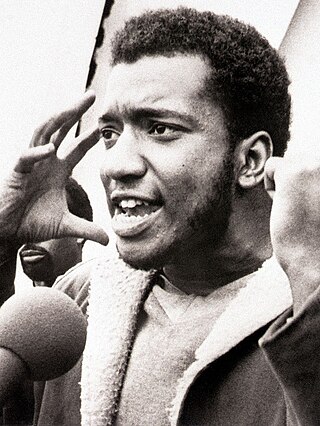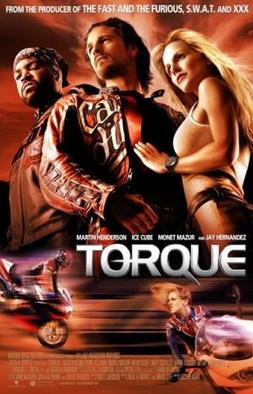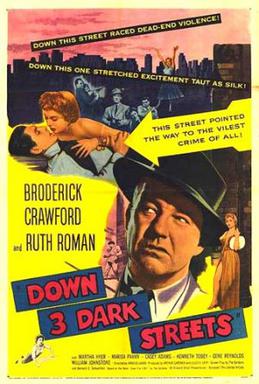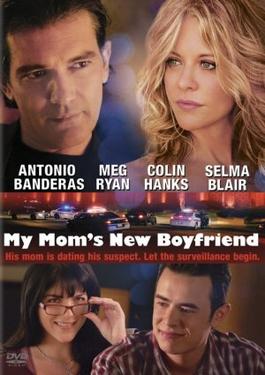
John Herbert Dillinger was an American gangster during the Great Depression. He commanded the Dillinger Gang, which was accused of robbing twenty-four banks and four police stations. Dillinger was imprisoned several times and escaped twice. He was charged with but not convicted of the murder of an East Chicago, Indiana, police officer, who shot Dillinger in his bullet-proof vest during a shootout; it was the only time Dillinger was charged with homicide.

The Saint Valentine's Day Massacre was the murder of seven members and associates of Chicago's North Side Gang on Saint Valentine's Day 1929. The men were gathered at a Lincoln Park, Chicago garage on the morning of February 14, 1929. They were lined up against a wall and shot by four unknown assailants, two of whom were disguised as police officers.

Fredrick "Chairman Fred" Allen Hampton Sr. was an American activist. He came to prominence in his late teens and very early 20s in Chicago as deputy chairman of the national Black Panther Party and chair of the Illinois chapter. As a progressive African American, he founded the anti-racist, anti-classist Rainbow Coalition, a prominent multicultural political organization that initially included the Black Panthers, Young Patriots, and the Young Lords, and an alliance among major Chicago street gangs to help them end infighting and work for social change. A Marxist–Leninist, Hampton considered fascism the greatest threat, saying "nothing is more important than stopping fascism, because fascism will stop us all."

Lester Joseph Gillis, also known as George Nelson and Baby Face Nelson, was an American bank robber who became a criminal partner of John Dillinger, when he helped Dillinger escape from prison, in Crown Point, Indiana. Later, the Federal Bureau of Investigation (FBI) announced that Nelson and the remaining gang of bank robbers were collectively "Public Enemy Number One".

Kate Barker, better known as Ma Barker, was the mother of several American criminals who ran the Barker–Karpis Gang during the "public enemy era" when the exploits of gangs of criminals in the Midwestern United States gripped the American people and press. She traveled with her sons during their criminal careers.

Sneakers is a 1992 American crime comedy drama film directed by Phil Alden Robinson, written by Robinson, Walter Parkes, and Lawrence Lasker, and starring Robert Redford, Dan Aykroyd, Ben Kingsley, Mary McDonnell, River Phoenix, Sidney Poitier, and David Strathairn; the film was released by Universal Pictures.

Torque is a 2004 American action film directed by Joseph Kahn, written by Matt Johnson and produced by Neal H. Moritz. The film stars Adam Scott, Martin Henderson, Ice Cube, Monet Mazur, Jaime Pressly, Will Yun Lee, Jay Hernandez, Matt Schulze, Max Beesley, Fredro Starr and Christina Milian. The film tells the story of biker Cary Ford and how he discovers some motorcycles filled with crystal meth, he stows them away. But it turns out that villainous gangster Henry James has plans to recover his drugs. James frames Ford for the murder of Junior, the brother of Trey, who heads the Reapers, a notoriously malicious biker gang. Ford goes on the run in an attempt to clear his name, while the FBI and multiple groups of motorcycle-mounted marauders chase after him.

The House on 92nd Street is a 1945 black-and-white American spy film directed by Henry Hathaway. The movie, shot mostly in New York City, was released shortly after the end of World War II. The House on 92nd Street was made with the full cooperation of the Federal Bureau of Investigation (FBI), whose director, J. Edgar Hoover, appears during the introductory montage. The FBI agents shown in Washington, D.C. were played by actual agents. The film's semidocumentary style inspired other films, including The Naked City and Boomerang.

A shootout, also called a firefight, gunfight, or gun battle, is a armed confrontation entailing firearms between armed parties using guns, always entailing intense disagreement(s) between the fighting parties. The term can be used to describe any such fight, though it is typically used in a non-military context or to describe combat situations primarily using firearms.

Armored Car Robbery is a 1950 American film noir starring Charles McGraw, Adele Jergens, and William Talman.

Port of New York is a 1949 American film noir/crime film directed by László Benedek with cinematography by George E. Diskant and shot in semidocumentary style. The film is notable for being Yul Brynner's first film appearance. The film, which is very similar to T-Men (1947), was shot on location in New York City.

10th & Wolf is a 2006 film about the Philadelphia crime family directed by Robert Moresco. It is based on a true story of a mob war in South Philadelphia. The film stars James Marsden, Giovanni Ribisi and Brad Renfro and features appearances by Dennis Hopper, Val Kilmer, Piper Perabo, Lesley Ann Warren, Tommy Lee, 1980s Italian comedian, singer, actor and director Francesco Salvi and Brian Dennehy.
The Jungles faction of the Black P. Stones street gang is a division ("set") of the Bloods gang alliance in Los Angeles. Originating in Los Angeles' Baldwin Village neighborhood in the 1960s, the Black P. Stones became one of the largest gangs in the city. The gang has been linked to various crimes, including murders, assaults, robberies, narcotics violations and firearms violations, and has been the subject of numerous FBI and LAPD investigations.

Down Three Dark Streets is a 1954 American film noir crime film directed by Arnold Laven and starring Broderick Crawford and Ruth Roman. The screenplay was written by Gordon Gordon and Mildred Gordon, based on their novel Case File FBI.

My Mom's New Boyfriend is a 2008 romantic comedy crime film starring Colin Hanks, Antonio Banderas, Selma Blair, and Meg Ryan. The film received a limited theatrical release worldwide. However, Sony Pictures Worldwide Acquisitions Group released the film straight-to-DVD in the United States on June 17, 2008. It was released under the title My Spy in the UK and Australia.

Assigned to Danger is a 1948 American crime film noir directed by Budd Boetticher and starring Gene Raymond, Noreen Nash and Robert Bice. The film's sets designed by the art director Edward L. Ilou. It was distributed by Eagle-Lion Films.

Walk a Crooked Mile is a 1948 America anti-communist, Cold War crime film, directed by Gordon Douglas, starring Dennis O'Keefe and Louis Hayward.

Brian O'Conner is a fictional character and the former main protagonist of the Fast & Furious franchise. He is portrayed by Paul Walker and first appeared on film with fellow protagonist Dominic Toretto in The Fast and the Furious (2001). Brian was created by screenwriter Gary Scott Thompson, who was inspired by an article on street racing that was published in the May 1998 issue of Vibe magazine. Walker was directly approached by director Rob Cohen to play the character.
Graceland is an American drama television series created by Jeff Eastin that premiered on the USA Network on June 6, 2013. On October 1, 2015, USA Network cancelled Graceland after three seasons.

William O'Neal was an American FBI informant in Chicago, Illinois, where he infiltrated the local Black Panther Party (BPP). He is known for being the catalyst for the 1969 police/FBI assassination of Fred Hampton, head of the Illinois BPP.



















